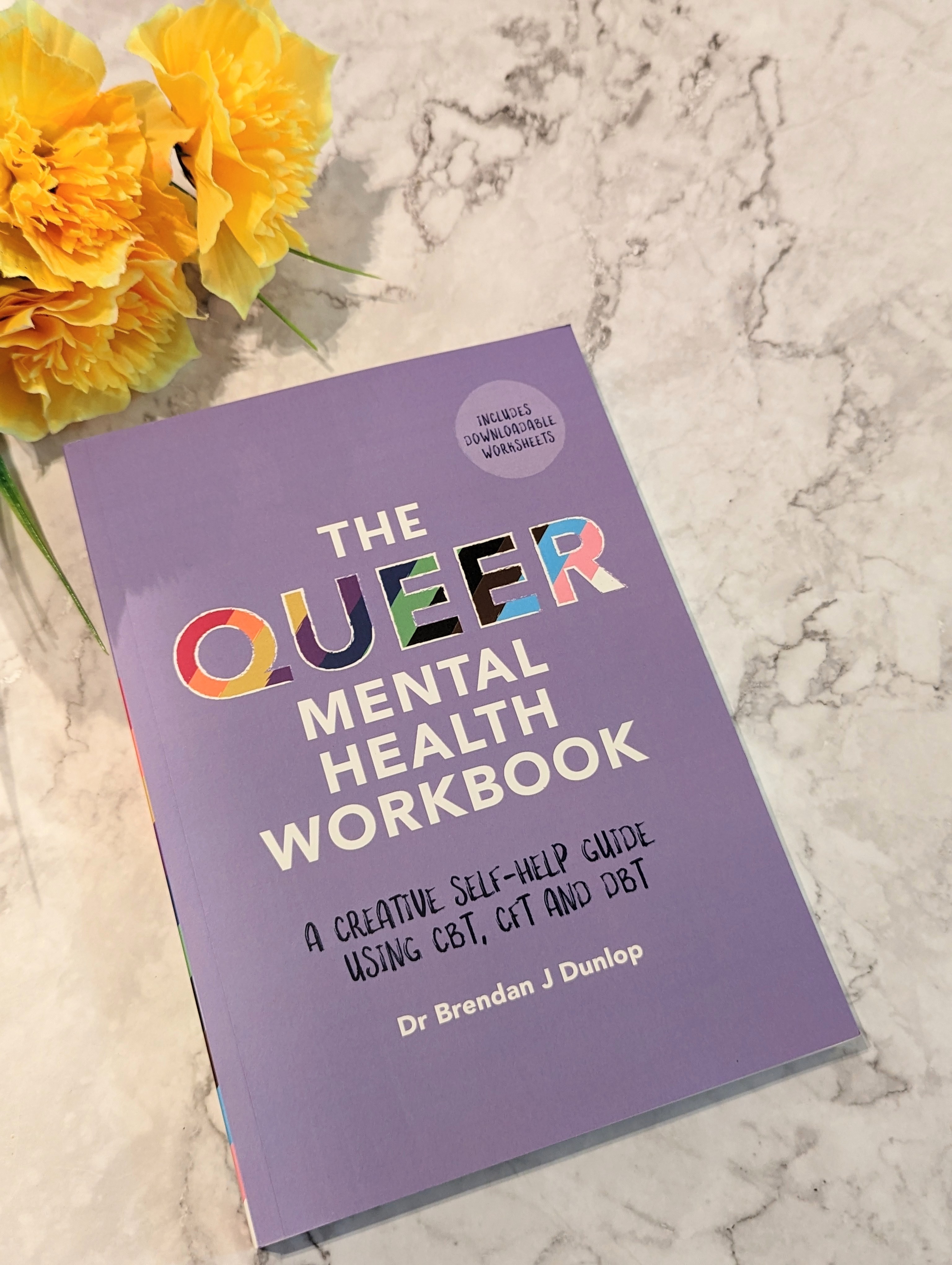
What challenges do the queer community face?
I’ll be honest, 12 months ago I would only have been able to give you a basic answer to the above. However, in the past 12 months, I have been working with the Albert Kennedy Trust (AKT) as a volunteer mentor for young LGBTQ+ people who are at risk of homelessness and who face many other challenges such as homophobic landlords, mental health conditions and struggles with coming out to their families, especially when religion is involved. That feeling of being different or that you don’t fit in can be hard to navigate and can result in low self-worth and often depression. Mental health problems such as depression, self-harm, alcohol and drug abuse and suicide ideation can affect anyone, but they’re more common among people who are LGBTIQ+. This is something that I wasn’t aware of before until I started my mentor training. I am now fully committed to highlighting these challenges and doing what I can to make my work and coaching tools inclusive to support the queer community.
The Queer Mental Health Workbook
My role as a coach involves giving my clients resources to work through in-between sessions, and The Queer Mental Health Workbook by Dr Brendan J Dunlop is a resource that I would love to use with clients going forward. It is described as a creative self-help guide using CBT, CFT and DBT, which aims to help LGBTQ+ people explore aspects of their identity, psychological wellbeing and mental health experiences at their own pace. I love that the author uses a range of tools and modalities so that the individual can find what works for them, and you can simply skip to the section which is relevant or read the full book,
The workbook contains a range of activities as well as downloadable worksheets to work through.
Chapter 3: Queer Mental Health: The Basics, is the starting point and an essential read. It covers the basics of thoughts, feelings and behaviours and how they are all connected, followed by an activity to do. Mindset shifts are so important in challenging negative thoughts, so I enjoyed this section, especially the focus on the circle of influence.
The section on specific mental health difficulties was one that I found extremely useful, especially as someone who has anxiety. Anxiety is becoming less of a taboo topic and it’s important for us to understand the condition more, how and why it affects us and what we can do to manage it. Queer people who may have suffered from adverse childhood experiences (ACEs) such as abuse, unstable home environment or bullying are likely to go on to experience anxiety, in particular the fight or flight response and rely on safety behaviours such as over-thinking, avoiding certain situations out of fear etc. There is an activity for you to reflect on what anxiety feels like for you as well as a blank mood diary for you to fill in. This is a great starting point if you want to start journaling but have no idea where to start, and further on there is an opportunity to work on your thoughts around this area.
Sleep difficulties are also covered along with a sleep diary. If you follow my work you’ll know that a big focus of mine is sleep hygiene, especially when it comes to my personal well-being.
The most important section for me is chapter 15, suicide. As a qualified crisis counsellor, suicide ideation and awareness of it is something that is important to me and that really needs to be highlighted more when it comes to the queer community. 1 in 5 of the general population experiences suicidal thoughts, yet it is still seen as a taboo topic and it really shouldn’t be. Brendan talks about how there can be even more shame in discussing suicidal thoughts in the queer community due to the lack of self-worth that people may face, or feeling like they will be judged. It can be hard to open up if emotional support from loved ones isn’t available. The activities and safety plan in this section will help so many people who are in a crisis.
Some other topics which are covered include, self-harm, shame, eating difficulties and intersectionality.
I have two training courses coming up shortly with AKT, one which is on self-harm, so reading through this workbook has already given me some knowledge going forward and food for though.
Something which stood out to me when reading this workbook was the supportive and non-judgemental tone, especially in regards to the language and terminology used throughout.
So much is covered in this workbook, going from making you aware of conditions, how to recognise symptoms in yourself and tools to overcome these. As well as how to support yourself more and communicate your emotional needs. I have a long way to go before I am fully confident in the modalities that I can offer as a coach to this community, but my knowledge and empathy has already improved from this workbook.